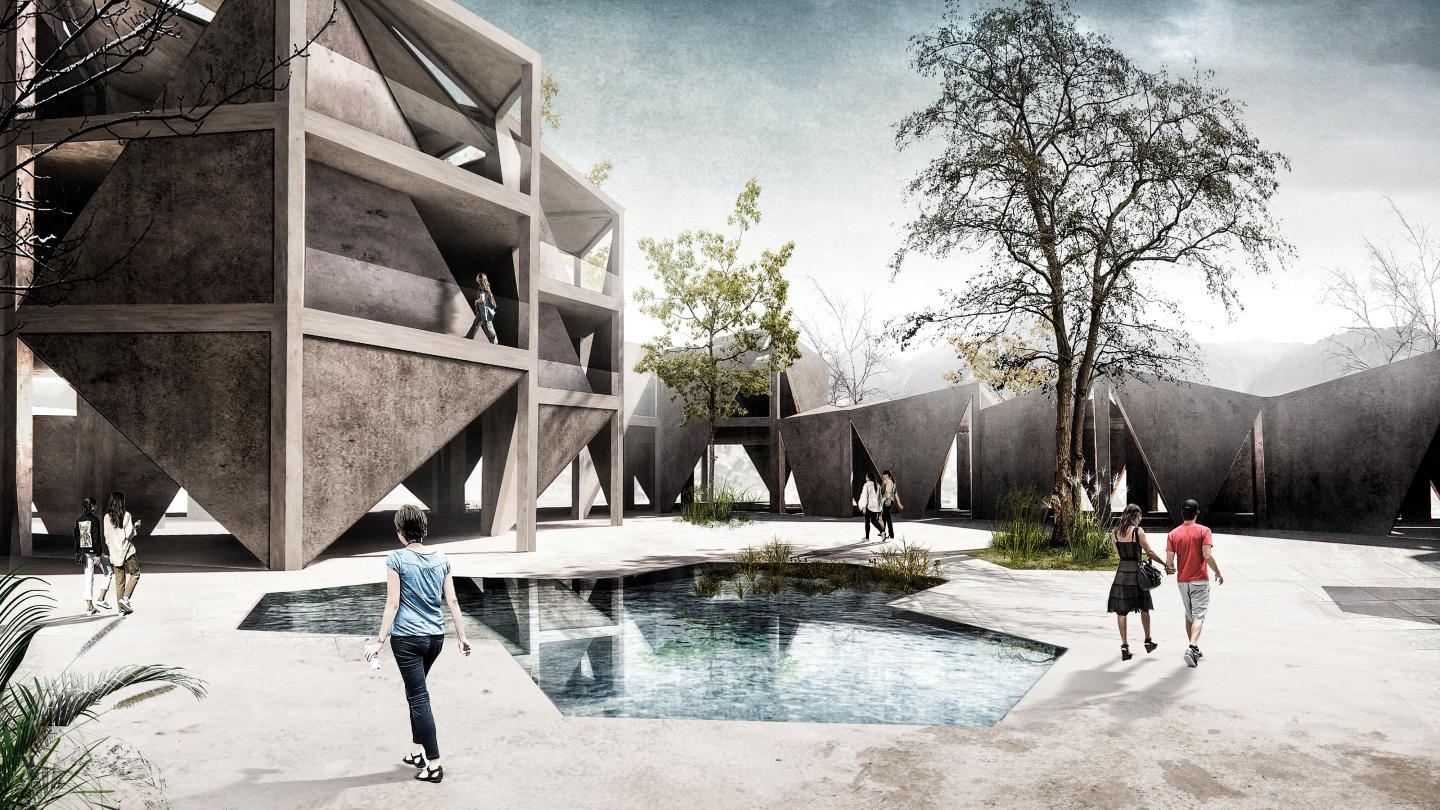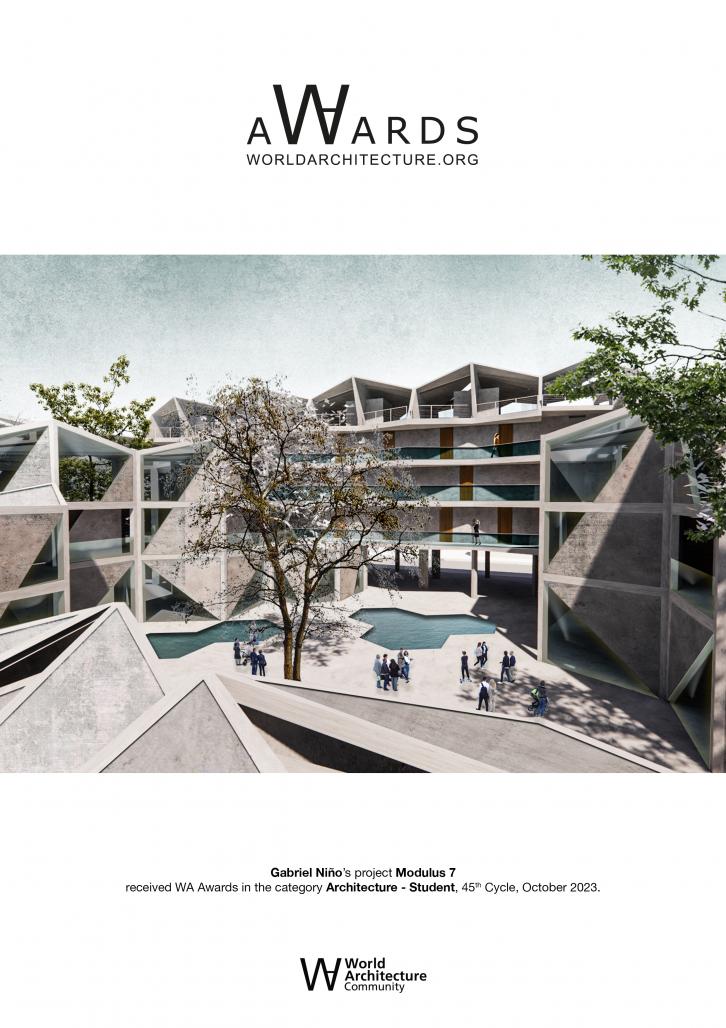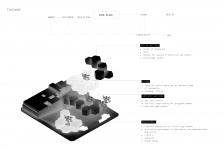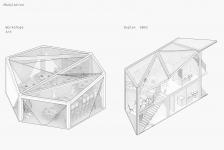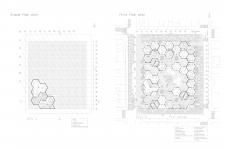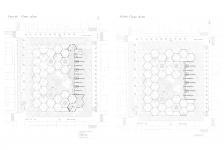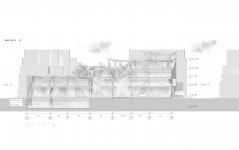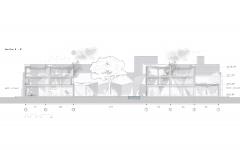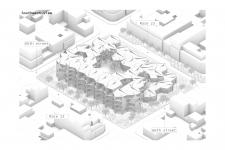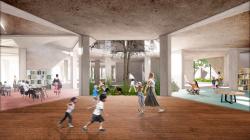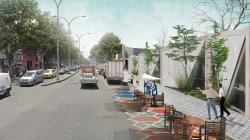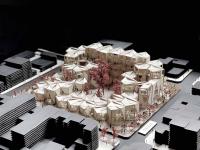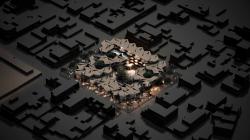A socially open development must respond to the challenges and needs of the 7 de Agosto neighborhood, the project takes the women and youth of the neighborhood as a focus group, complementing educational and health spaces through the configuration of hexagonal repetitions with a program full use. For this reason, special attention is paid to users who potentially interact in the social and spatial configuration of the city, especially young people, mothers, elderly women, sex workers and children. Through this model of construction of spaces central social networks and the commitment to a better structuring of the neighborhood with the urban complex, the key result is the development of strategies in favor of a compact and integrated city model, which offers education, labor inclusion, health, and art services.
Therefore, to meet the objective of working in favor of a modular and repetitive architectural model in any part of the city, one of the ways in which nature is organized and one of the best ways to group spaces: the hexagon; greater combination of space and adaptability. Adaptability that is achieved through modular architecture, where design and construction come together to search for a system where each module has a specific function and can be developed, tested and independently, allowing for greater flexibility and modularity in the system.
On the one hand, modulation makes it easier and faster to make changes to a system, since modules can be individually modified or replaced without affect others. This facilitates adaptation to new requirements and repetition of the same system in different sectors of the city such as Bogotá.
In turn, it is possible to identify components or common functionalities that can be reused in different contexts of the city. This can save development time and effort since you don't need to create every component from scratch for every project. In addition, the capacity or functionality of the system can be adjusted more easily. This is especially useful in systems that expect changes over time or unexpected milestones that force the architecture to renew itself, such as the COVID pandemic in 2020.
Finally, MODULUS 7 allows multiple teams to work in parallel in different spaces, which speeds up the development and well-being of the community. Where each group of users can focus on their area of responsibility without interfering with the others.
In general, the various benefits that the project manages to obtain architecturally for the community, such as flexibility and scalability, were verified. However, it also requires careful planning and design of the interfaces between modules, as well as effective management of dependencies and communication between them.
2023
The project makes use of porticos to provoke circulation and a space for semi-open activities. In turn, for the design of the envelope, use is made of precast concrete in GRC to generate a sustainable project with the world and the environment. The modules when linked with others are offset from each other to generate patios that define a small landscape at different heights seeking natural light and air currents.
Design: Gabriel Niño Guzmán
Tutors: Marc Jané & Camilo Villate
Modulus 7 by Gabriel Niño in Colombia won the WA Award Cycle 45. Please find below the WA Award poster for this project.

Downloaded 0 times.
Favorited 1 times
